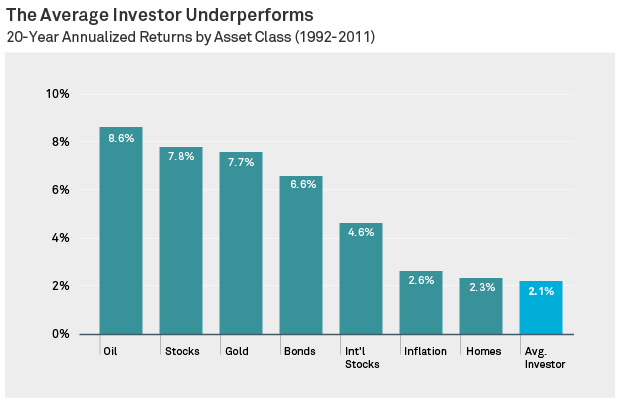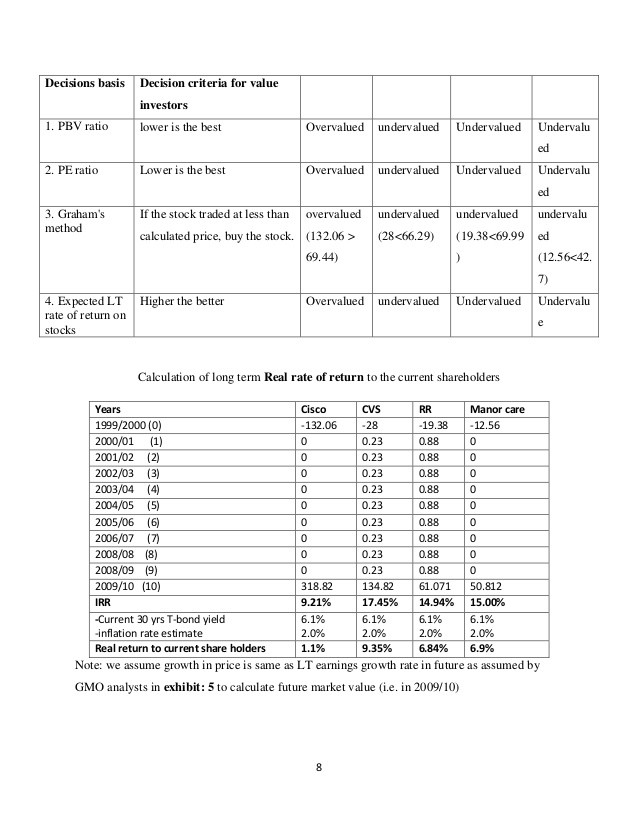Book Value How Reliable Is It For Investors_1
Post on: 18 Апрель, 2015 No Comment

EVA, or economic value added, is a special way to measure profit that is better than all others. It measures economic profit as opposed to accounting profit. It is measured after deducting the full ‘opportunity cost of all the capital invested in business assets. It doesn’t measure profit until all investors, shareholders included, have earned a minimum return for bearing risk. EVA, in short, turns the balance sheet into another charge to earnings, just like cost of goods sold.
As a result, managers aiming to increase EVA naturally look for ways to purge capital from non-productive assets and activities. They turn working capital faster and speed asset turns. They exit losers earlier, sell assets worth more to others, and outsource to more capable suppliers. They invest capital sparingly and imaginatively to meet business goals and only with the conviction they can earn above the cost. There is true accountability for capital. But also, and this is key, they aggressively invest in all growth that adds value by earning above the cost of capital. With EVA, managers aren’t hung up on milking margins and returns from profitable lines that should grow faster. The point is, EVA gives all the right insights into making decision tradeoffs, and it replaces a whole bunch of conventional metrics — from sales and earnings growth to ROI and margin, even cash flow — with a simple focus on increasing economic profit.
EVA is also typically measured after correcting other accounting distortions. For example, leased assets are treated as if owned, innovation and brand spending are written off over time instead of expensed, and restructuring costs are considered to be investments that add to balance sheet capital. The result: EVA encourages managers to make better, more economically rational decisions instead of letting accounting rules cloud their business judgment. They don’t cut R&D just to make a near term earnings goal, and they restructure whenever it is economic to do so.
Here is EVA’s most important property: the present value of a forecast for EVA is always identical to the net present value of the projected cash flows – because EVA sets aside the profit that must be earned to recover the capital that has been or will be invested. If EVA is zero, NPV is zero, and if EVA is positive then a positive franchise value is created. In practice, this means that CFOs can use EVA with all the confidence they would attach to discounted cash flow, for they yield the same answer for a given plan or projection. But more than that, it means CFOs (and securities analysts) should dispense with discounted cash flow analysis, and instead value all projects, plans and acquisitions by projecting and discounting EVA. Not only is this simpler and more consistent, but EVA can be used both as a measure of value and a measure of performance, where cash flow cannot. EVA is also analytically superior. It renders more reliable and more penetrating insights than any other financial analysis framework because of a recent breakthrough by EVA Dimensions.
the ultimate measure of profitability performance
EVA Momentum is a “second generation” enhancement of the framework and is the heart of a major advance in value-based management. It is the change in EVA divided by prior period sales – essentially an EVA growth rate, scaled to the size of the company. Up to now, EVA has been a money measure of economic profit. EVA Momentum for the first time turns EVA into a complete ratio-based framework that is making it more understandable, more informative, and far more effective as a management tool and valuation metric than ever before.

EVA Momentum is the only performance ratio in business where bigger is better, because the greater it is, the greater is the growth in economic profit and in a firm’s per share present value. EVA Momentum is thus the best statistic for CFOs to use in judging the quality and value of forward plans.
EVA Momentum also is also the only performance ratio that does not count the same asset over and over or same liability time and again. It is based on change. on progress. on performance at the margin. A turnaround company making a negative EVA less negative registers positive Momentum. A profitable EVA business whose EVA is moving sideways or slipping shows no or negative Momentum. That makes it the ideal metric for CFOs to use in fairly comparing the performance and allocating resources across disparate operating units, and for securities analysts to use in ranking companies in an industry to identify the star performers and the laggards. EVA Momentum also is the metric used for the first and only rankings of corporations on the basis of profitability performance, rankings that have been featured in Fortune and Corporate Board Member and in continuing coverage on Forbes.com.
Besides furnishing the best overall performance statistic, EVA Momentum sits atop a diagnostic framework that makes value-based analysis easier and more insightful than ever before. Like ROI, EVA Momentum is a function of income efficiency and balance sheet asset management. It can be traced to and directly linked with fundamental financial indicators, like gross margin, working capital days, plant turns, and so forth, although in the case of EVA Momentum all the drivers, both income and asset, are expressed on a common percent of sales scale. But what is really better than ROI, EVA Momentum includes the added value that can come from profitable growth — from adding sales at a positive EVA-to-Sales profit margin — or value lost from growth at negative EVA margins, which are performance attributes that the DuPont ROI formula totally misses. Simply put, like EVA itself, and unlike any other ratio measure, EVA Momentum measures all the ways that performance can be improved and wealth created in any business. But better than EVA, it de-constructs step-by-step to familiar ratio indicators, which makes it an ideal tool to help managers understand EVA and find ways to improve it, and securities analysts to detect and model a firm’s true intrinsic value.














